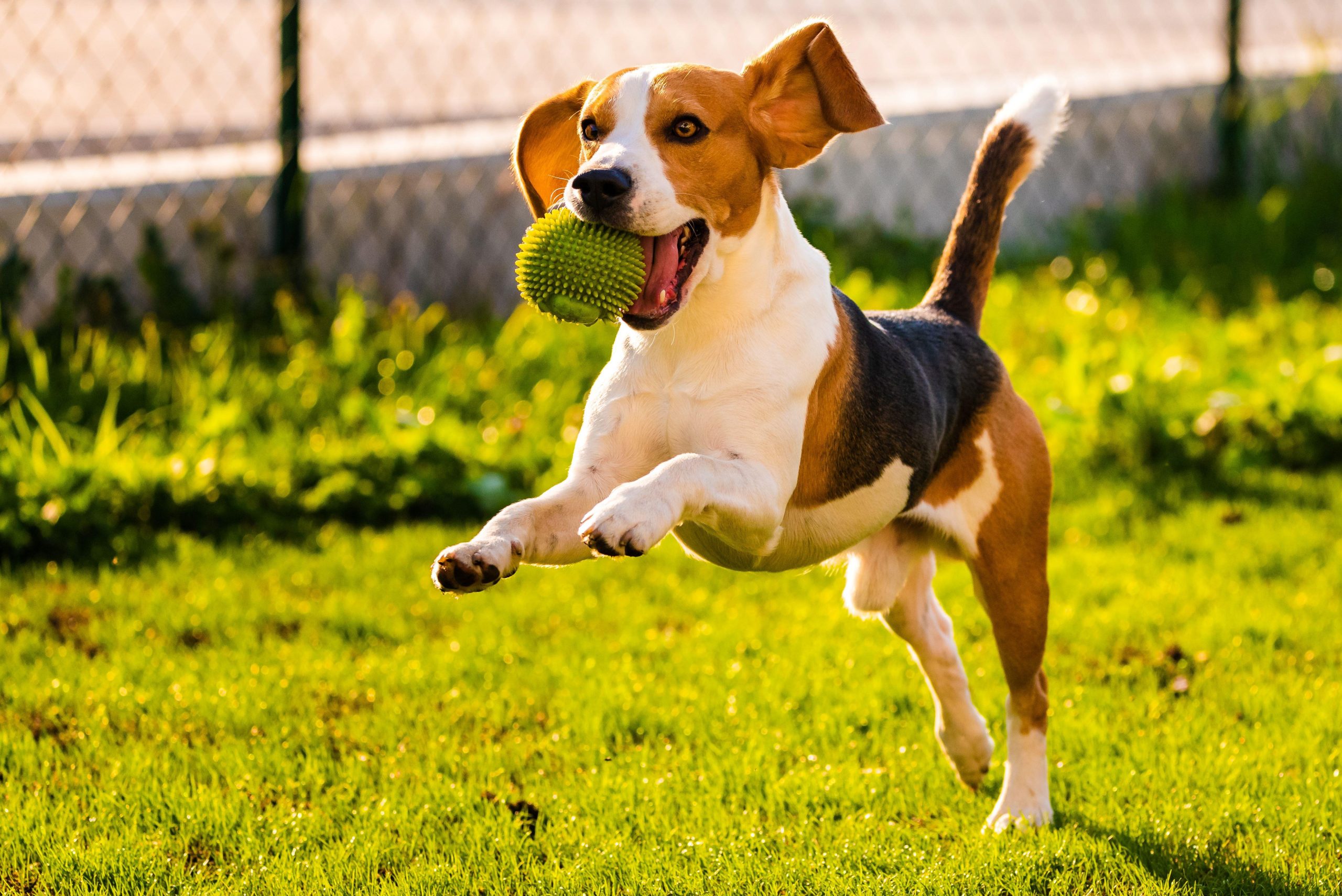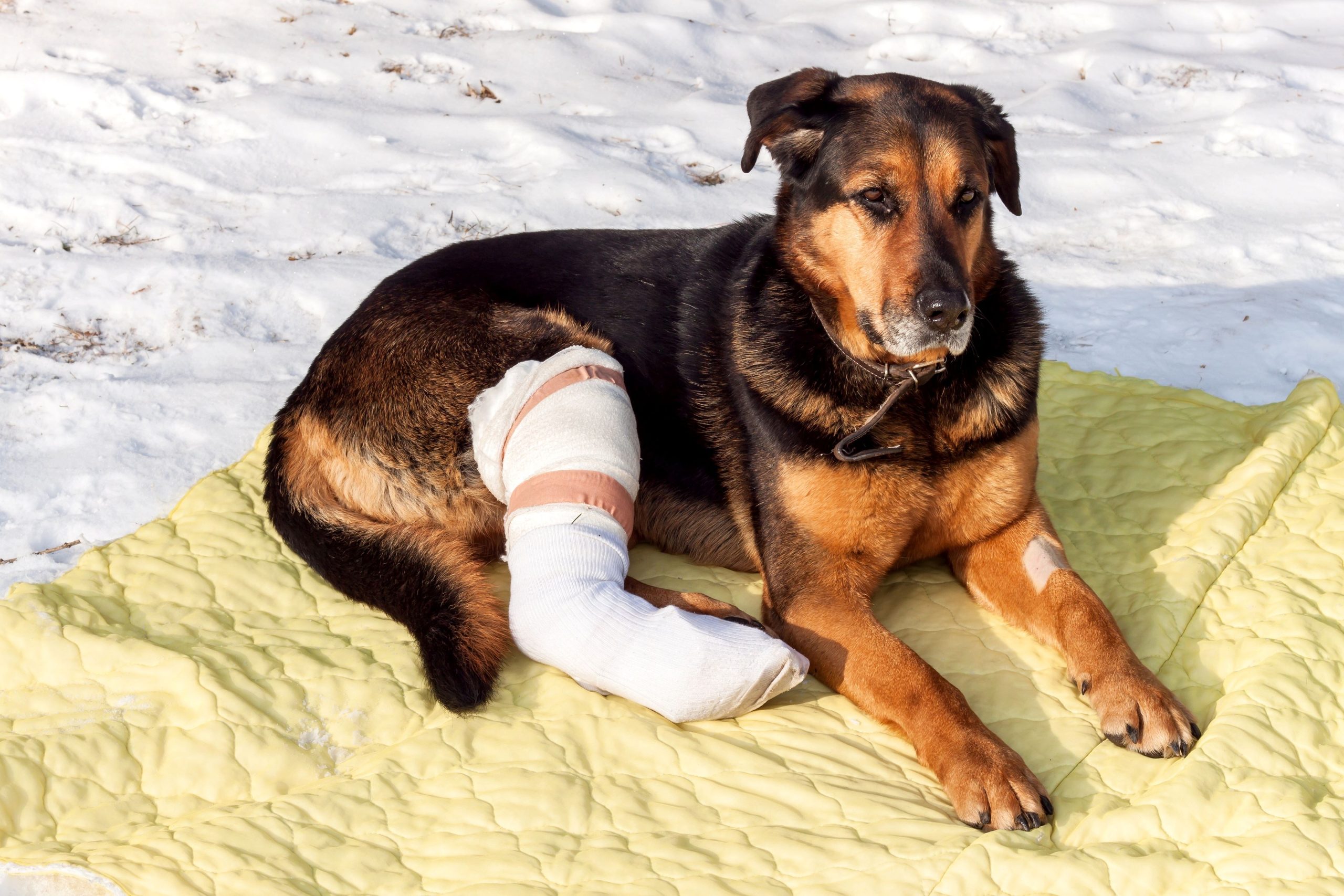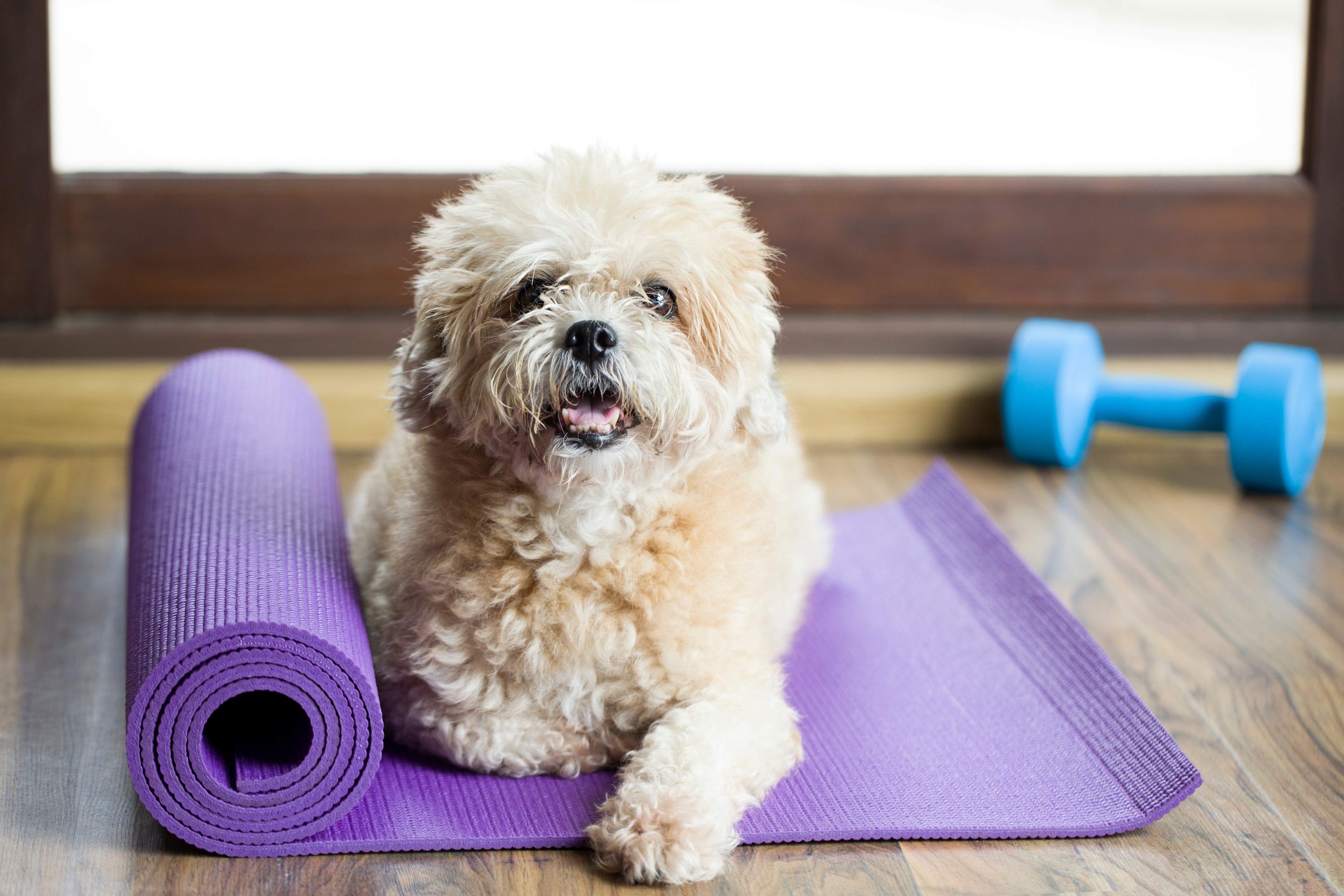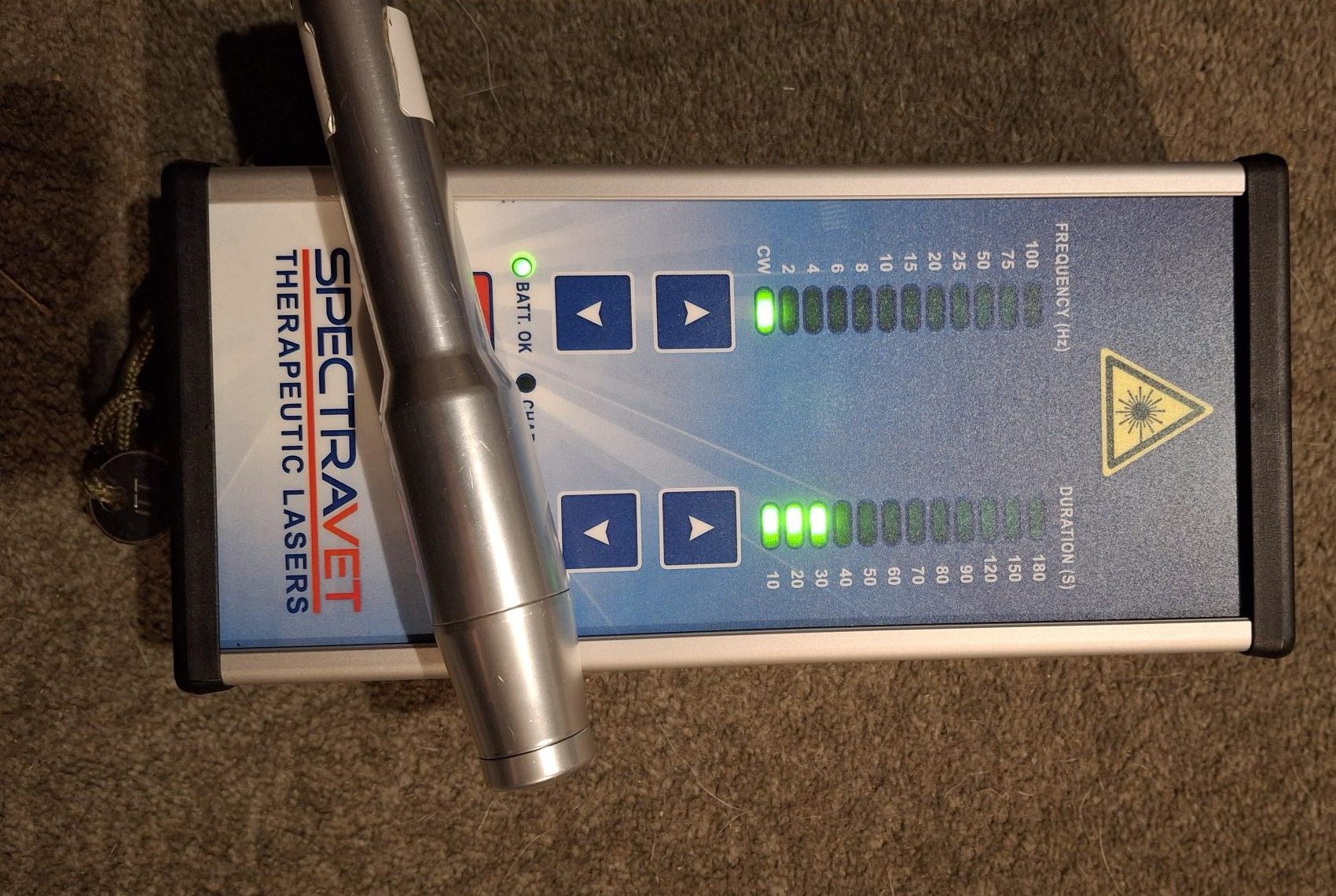Care After Injury or Surgery
Dr Debbie Prattley
Veterinary rehabilitation helps your pet to make their best possible recovery after injuries or surgery. Rehabilitation helps to manage pain, speed up recovery, build muscle strength, increase joint flexibility, improve balance, and reduce the risk of further injury. I work with animals that have had nerve or spinal injuries as well as broken bones, tendon, ligament or muscle damage.

Healing well
The first few weeks after surgery or a significant injury can be overwhelming for you as an owner. There are so many things to juggle – often multiple pain meds at different times of the day, a pet who can’t walk properly and needs to be kept confined, changing things around your house to avoid slippery floors, stairs and jumping, bandage changes and more. Rehab visits help to guide you through each step, as I coach you through the process while we help your pet to recover as well as possible. You’ll have confidence in knowing that you’re doing all the right things with veterinary guidance, and doing the best for your pet.

the early stages
In the first few weeks we can usually use techniques like gentle joint mobilising (to help with swelling and joint motion) and weightshifting. I’ll also use my laser to help speed up tissue healing and decrease pain. Exactly what rehab techniques we use will depend on what injury and/or surgery your pet has had. I’ll teach you the things you can safely do at home, and we’ll discuss how you can best manage your home environment.

Rehabilitation Exercises
As your pet recovers, we gradually change the exercises they do. We aim for them to increase the amount of movement they get in a careful way, so that the tissues heal as strongly as possible. They usually get some muscle loss from the injury, and we use appropriate exercises to rebuild it and challenge them at the right level as they get better. The same process applies to animals who’ve had nerve injuries.

Hands-on treatments and Rehab tools
I use hands-on treatments to help with joint mobility, swelling, and tight muscles and fascia. These might be either around the injured area or where your pet is compensating. Laser treatment, pulsed electromagnetic field therapy, electrical muscle stimulation, acupuncture and electro-acupuncture are all treatments I use with rehabilitating animals. I choose what to use according to the injury your pet has, the way the treatment works, the tissues it works best for and how your pet likes it. They all help with pain management and different aspects of healing.